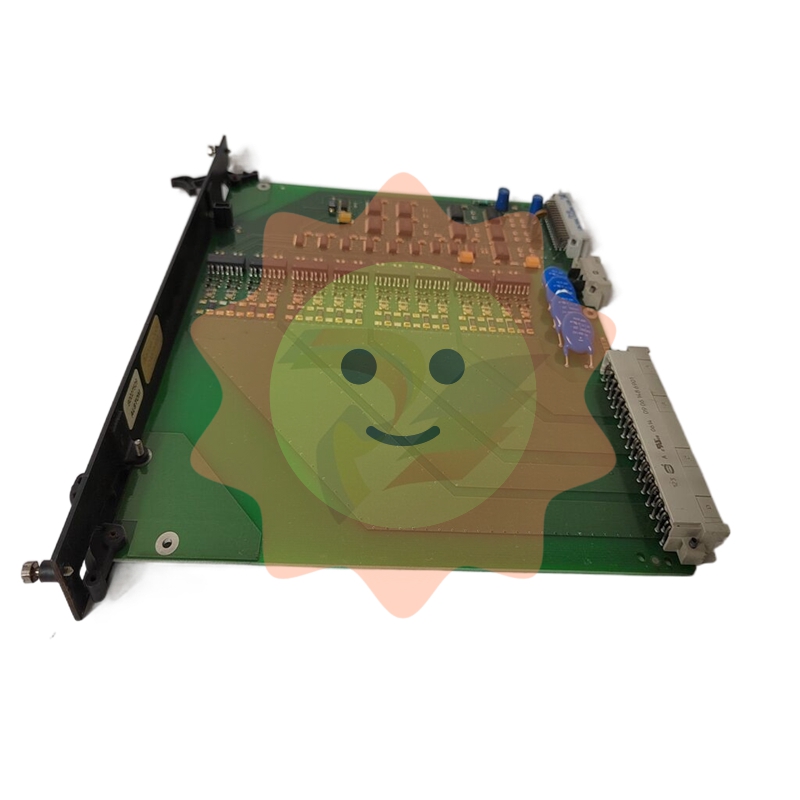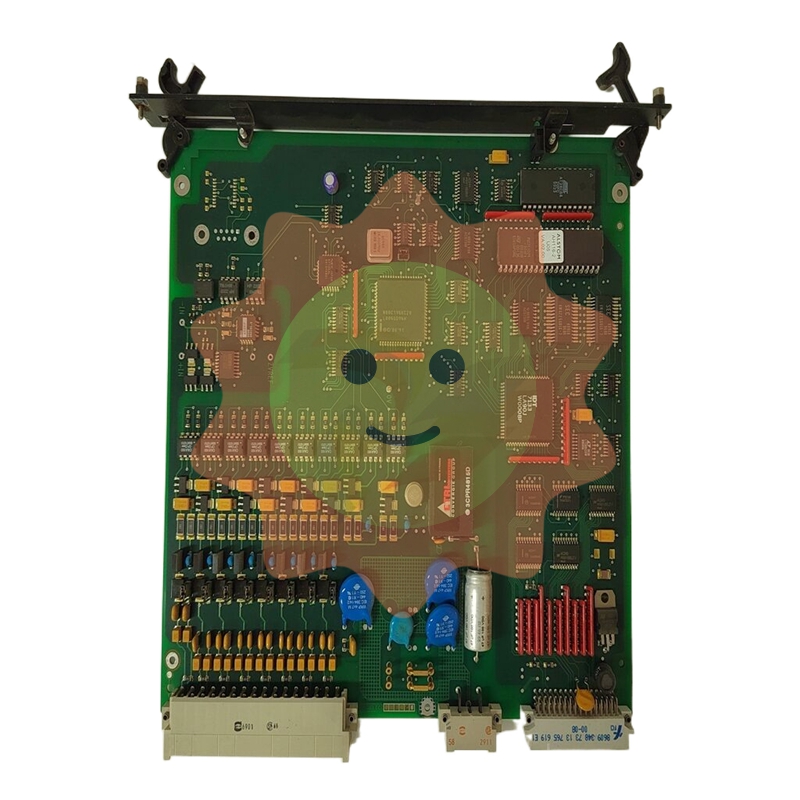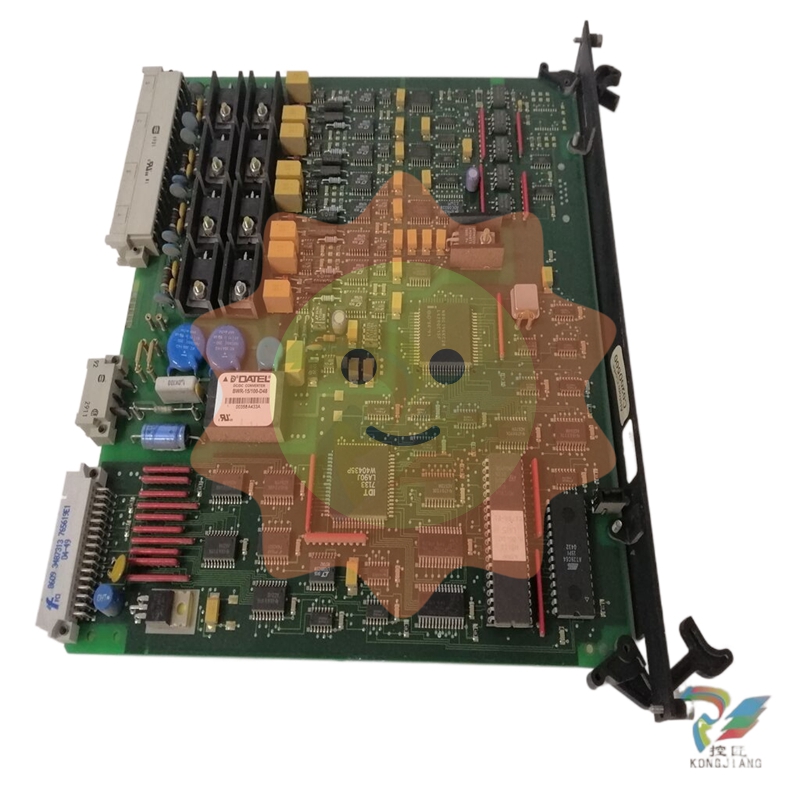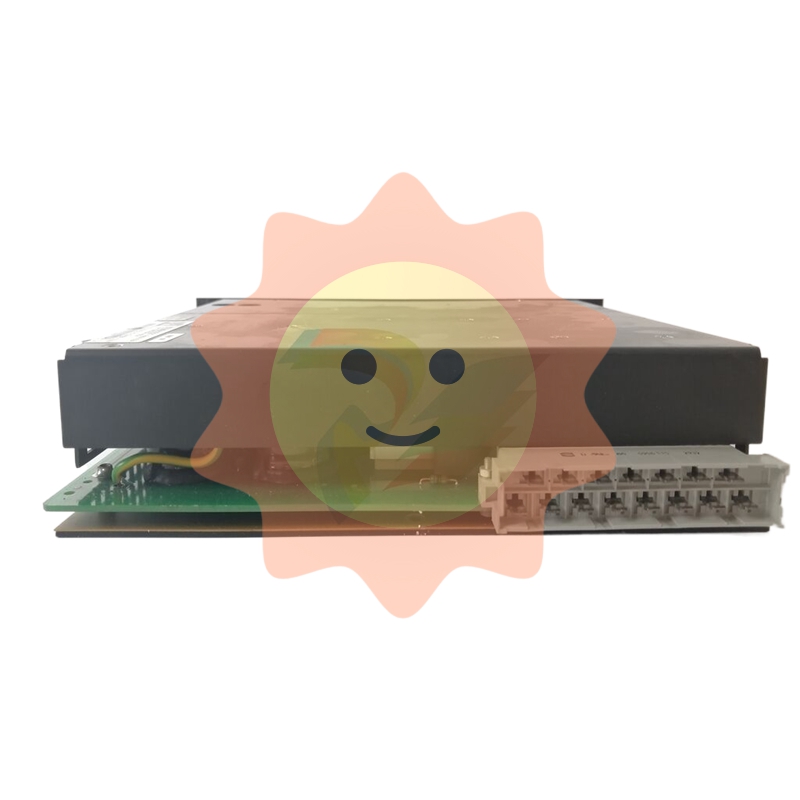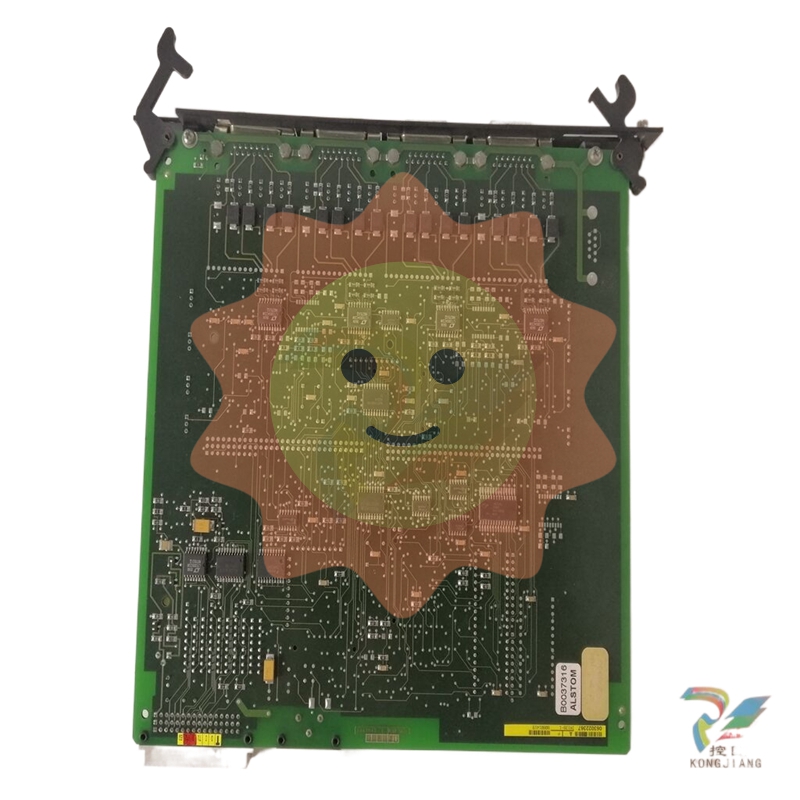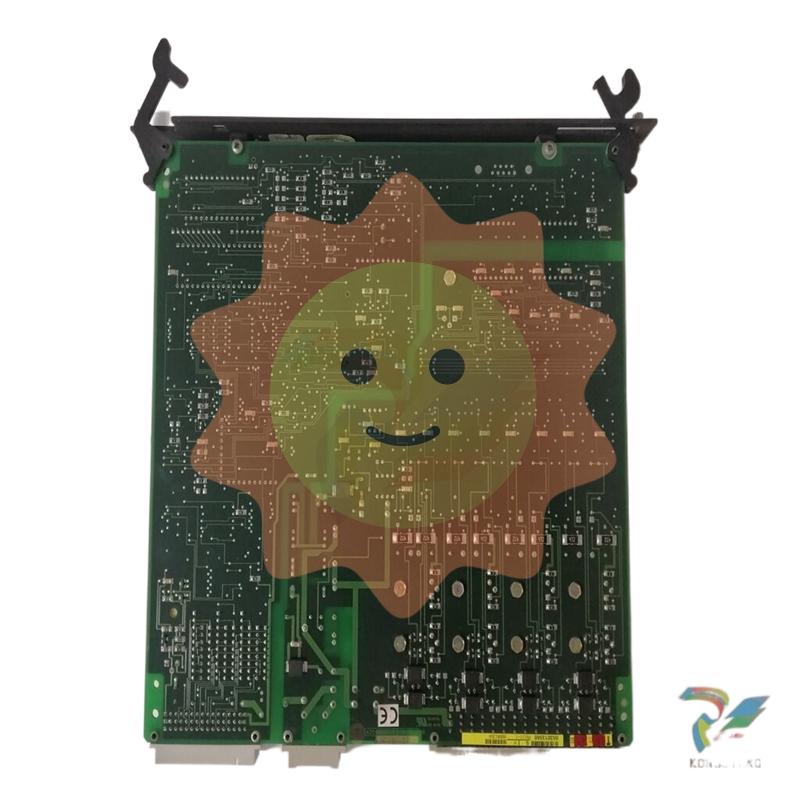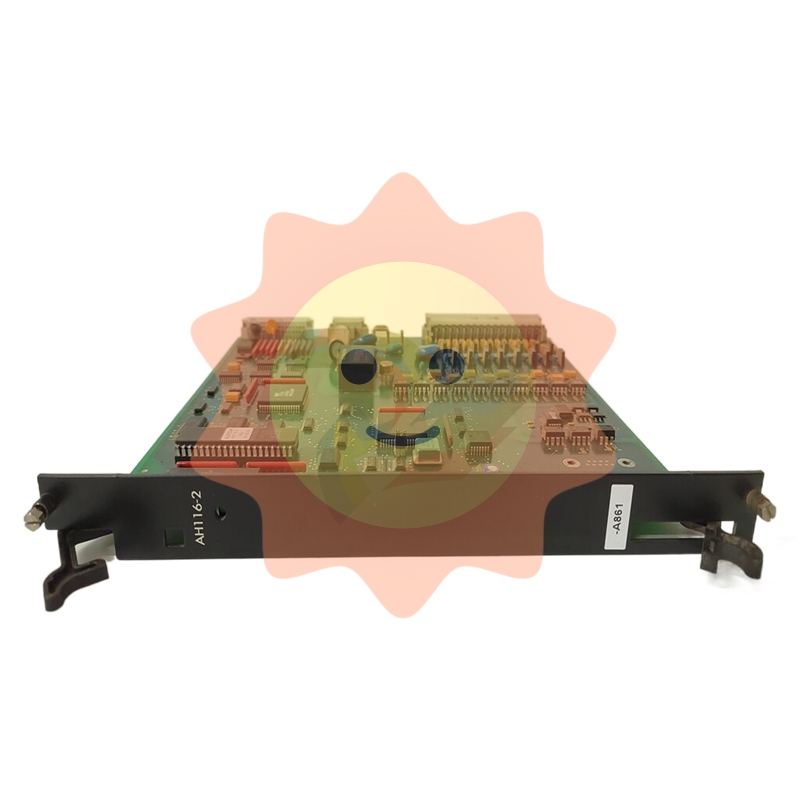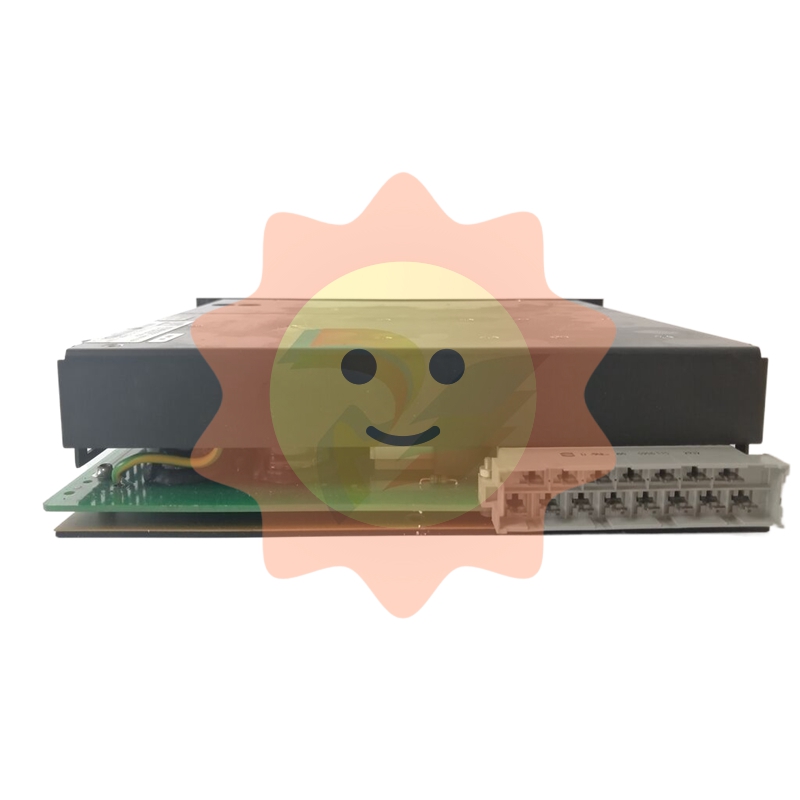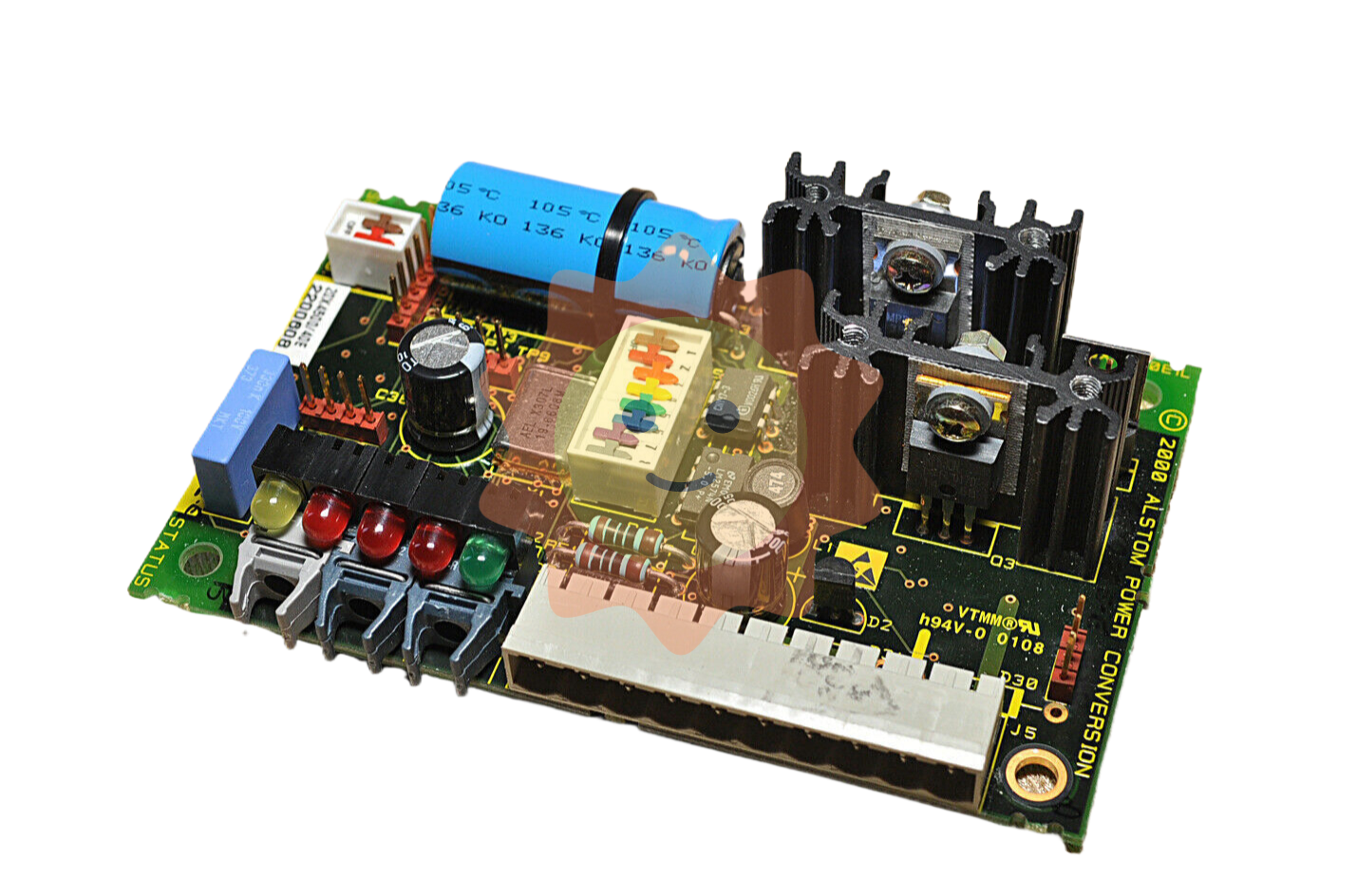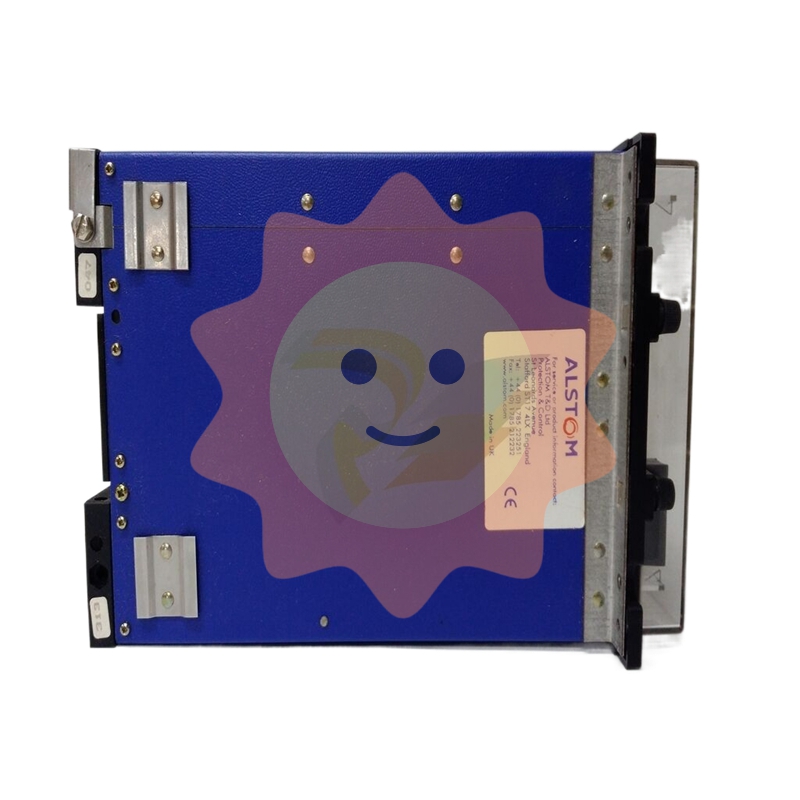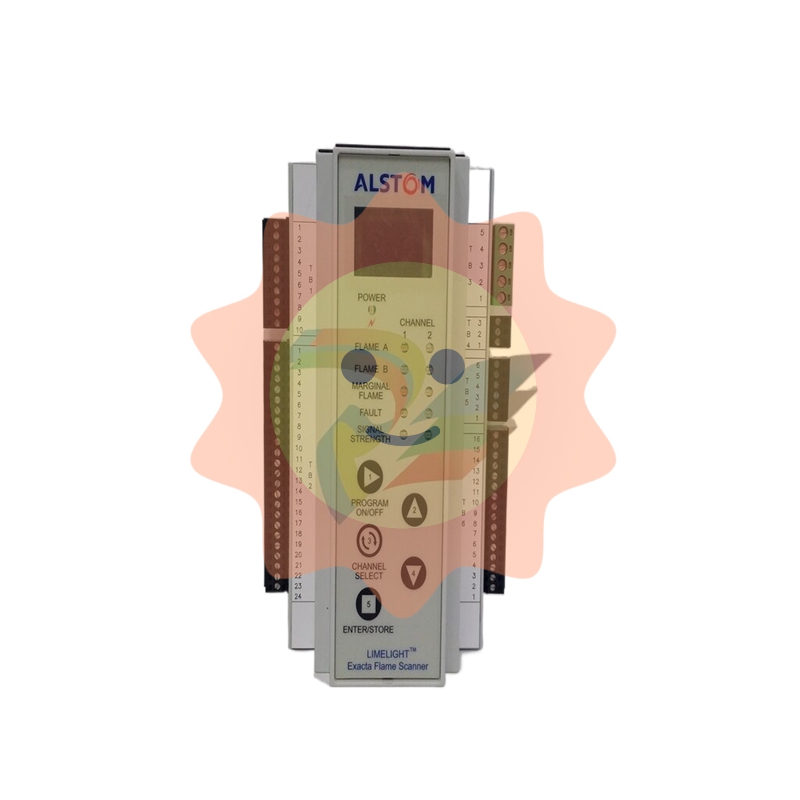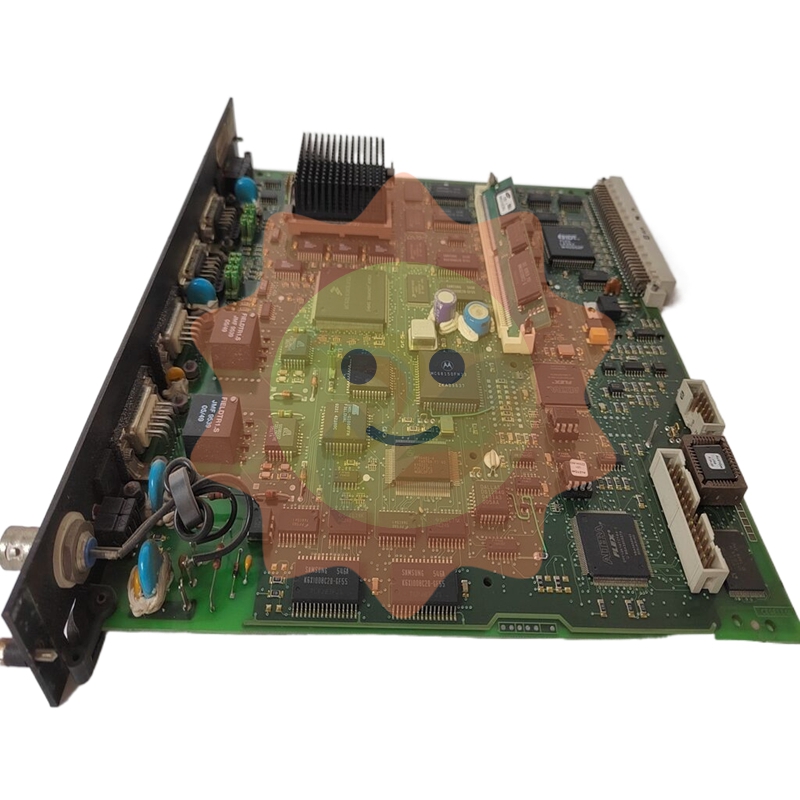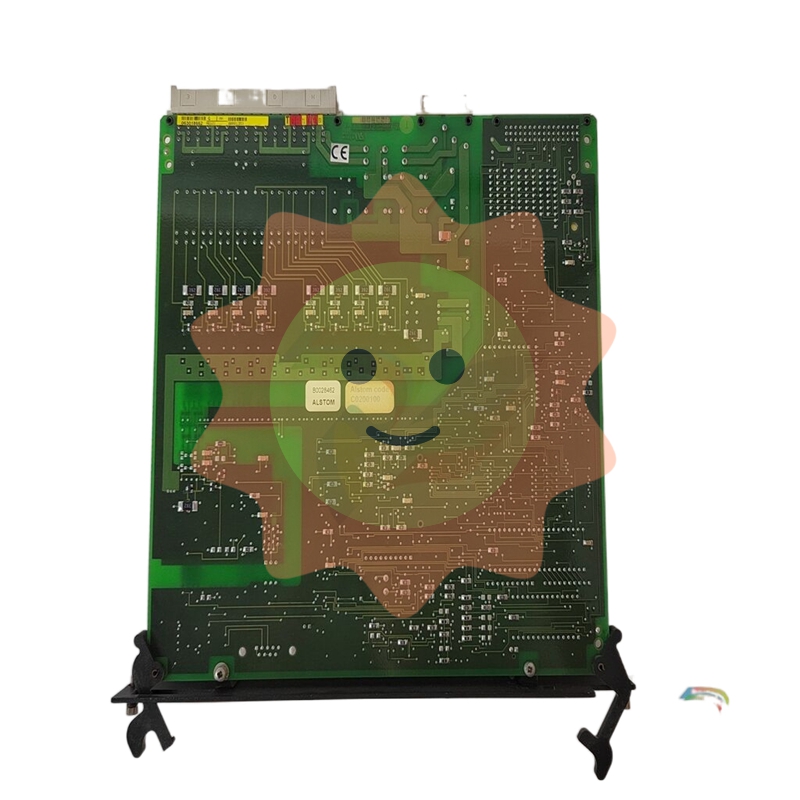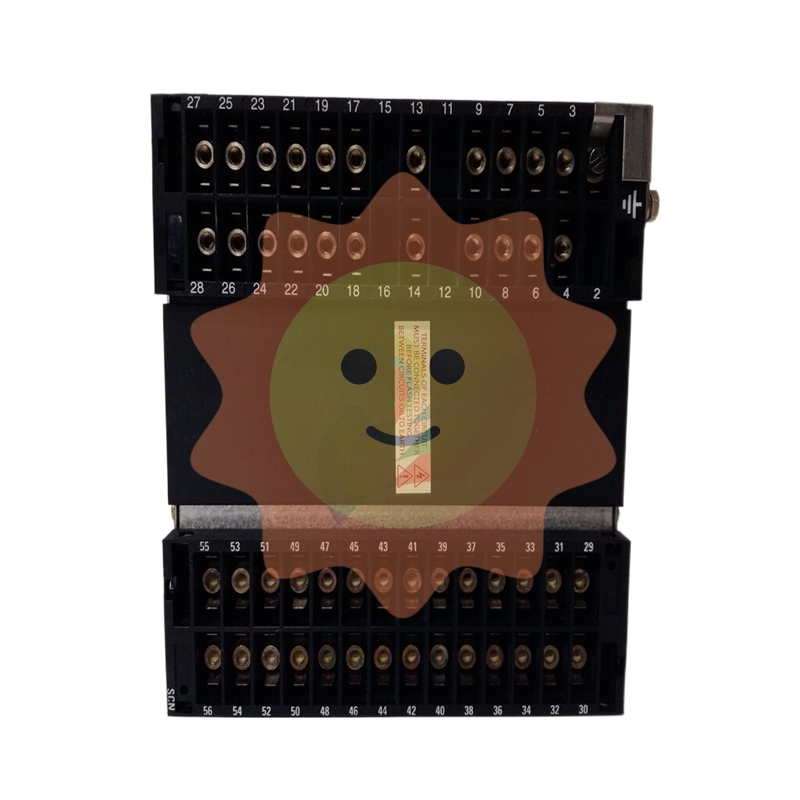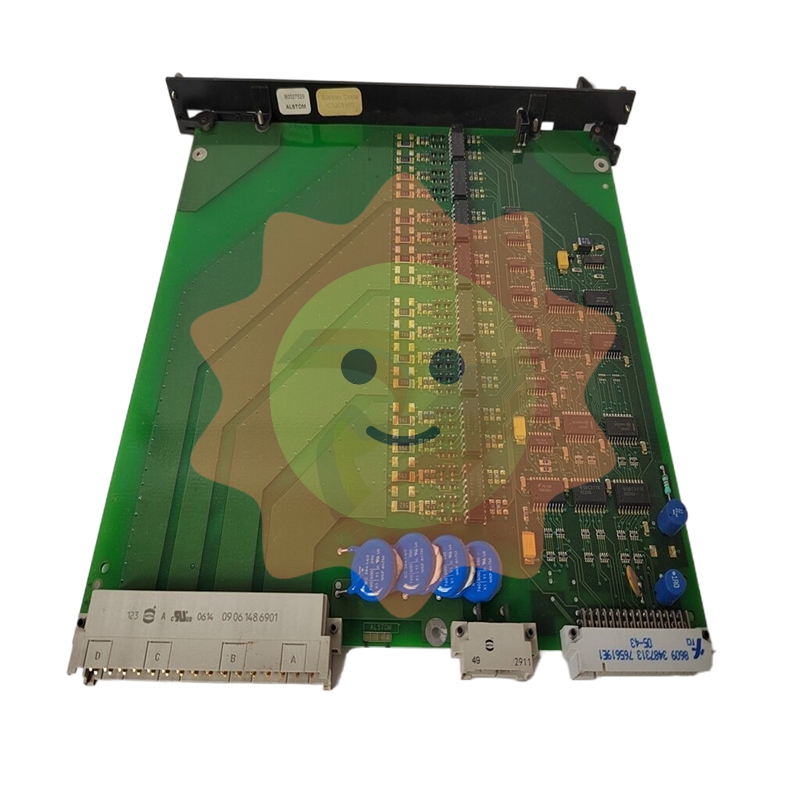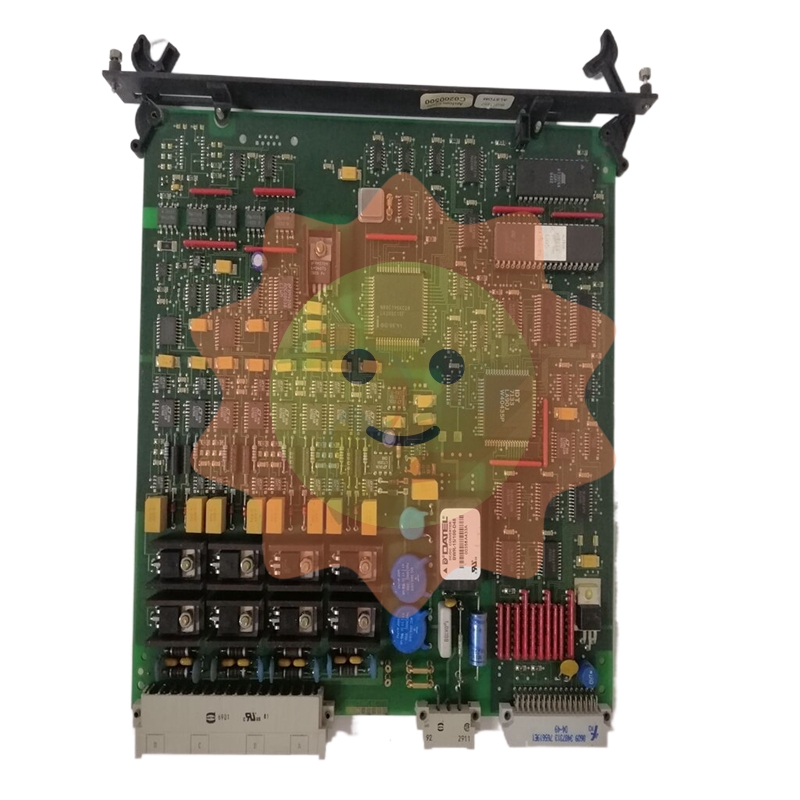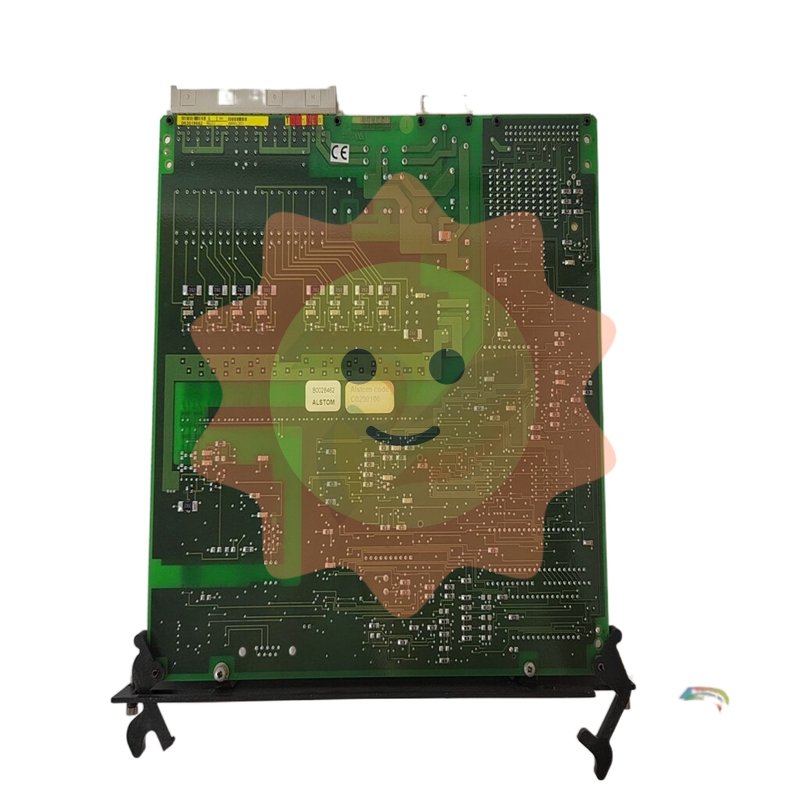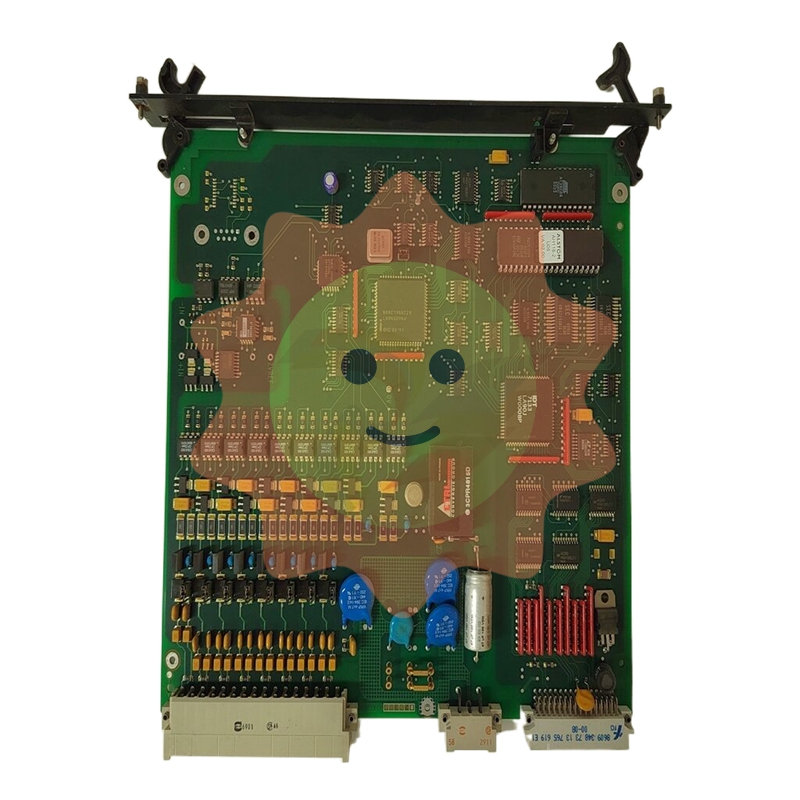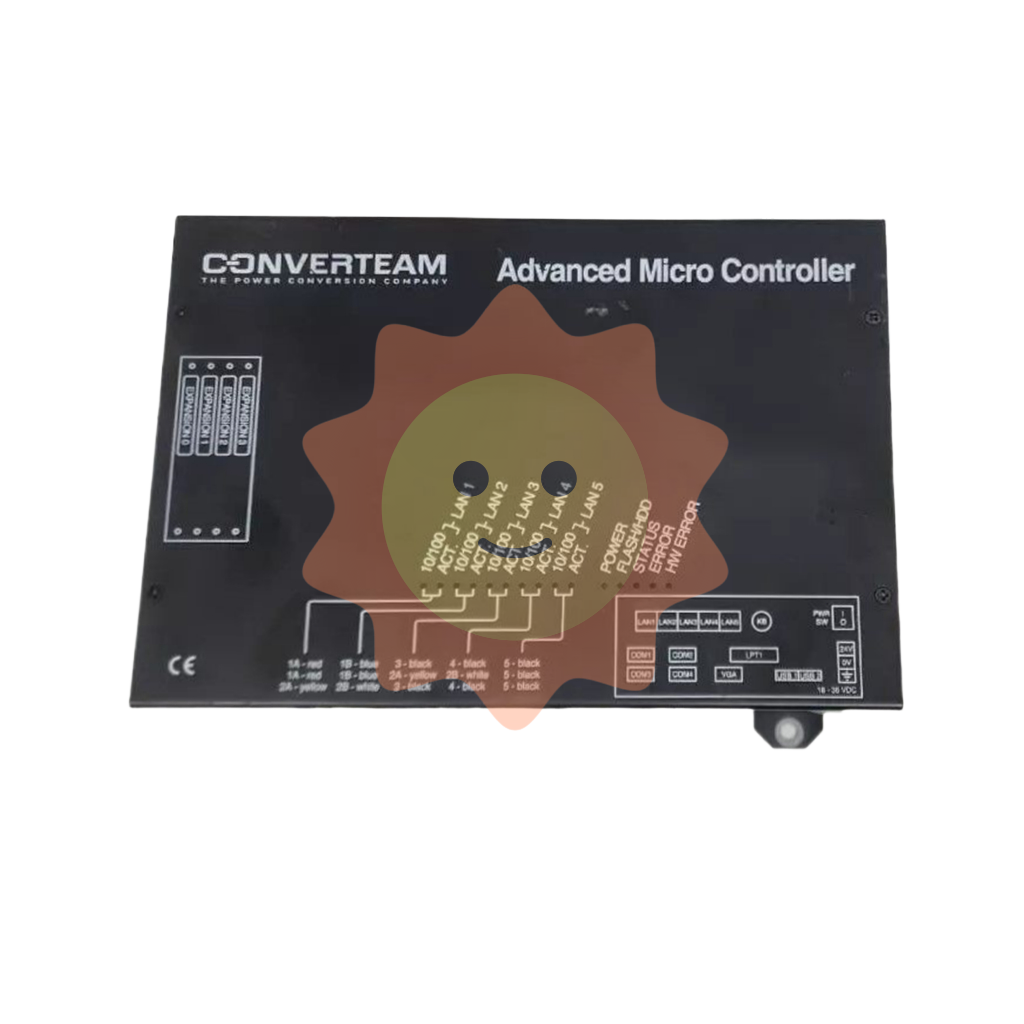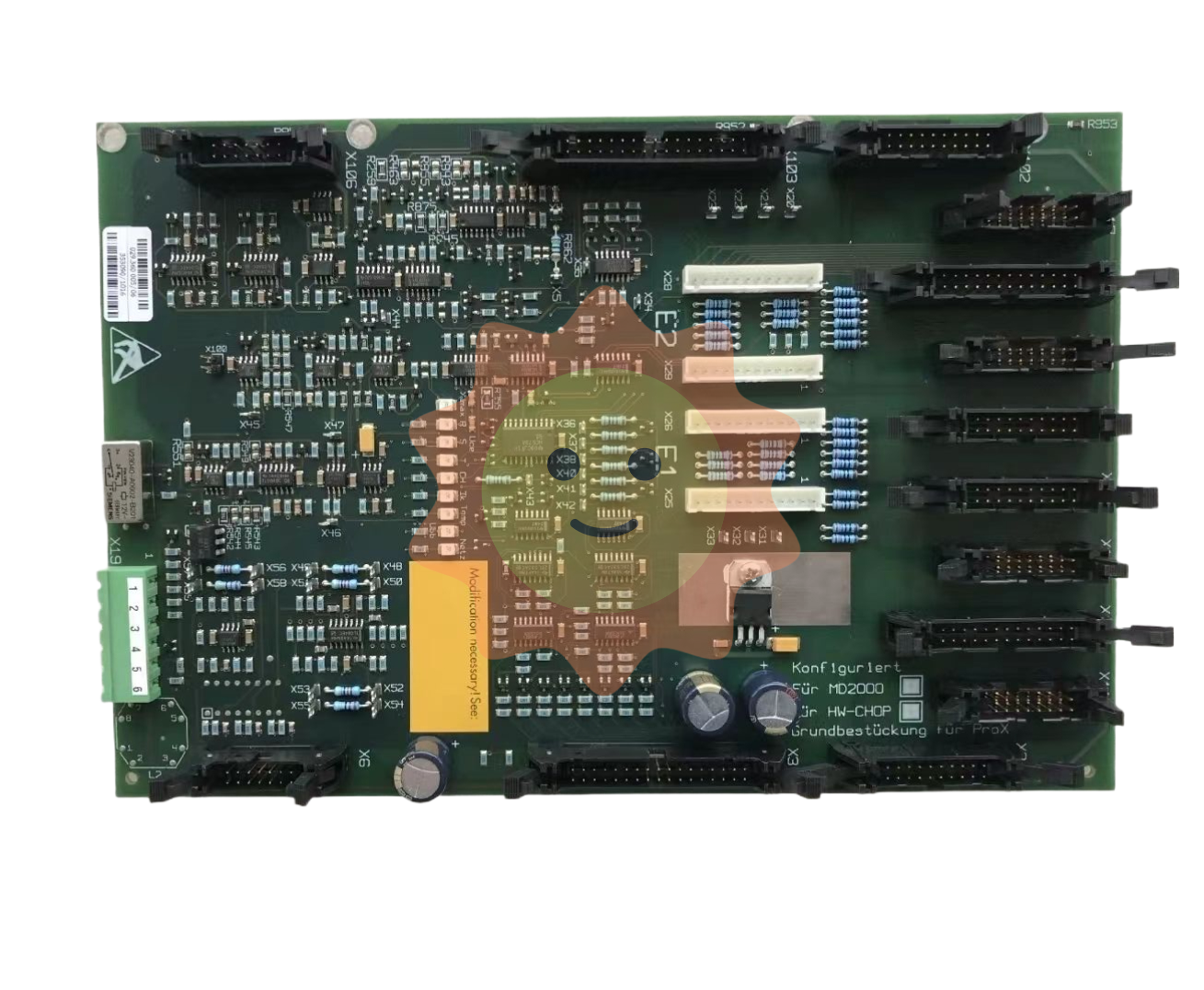High-end materials, 100 billion market

Metal powder including aluminum powder, copper powder, iron powder, nickel powder, titanium powder, tungsten powder, molybdenum powder, among which iron powder accounts for the largest proportion, PMR believes that the next 10 years the demand for aluminum powder is the fastest growing, is expected to 2032, aluminum powder will grow at a compound growth rate of 10%, the main reason is that automotive and aerospace and other industries in order to provide customers with energy-saving solutions, The growing demand for lightweight and high-precision components is driving the demand for aluminum metal powders. We believe that with the progress of the process and the decline in cost, the demand for titanium powder will also usher in rapid growth, compared with aluminum powder, titanium powder performance is better, but the cost is higher. From the perspective of powder metallurgy process, additive manufacturing (3D printing) will be the process technology with the largest market potential and the highest growth rate in the future. According to BCC Research, the global additive manufacturing powder metallurgy market size is expected to be $411.9 million in 2022 and reach more than $1.1 billion by 2027, with a compound annual growth rate (CAGR) of 22.6%. Among them, North America will grow from $156.2 million to $343.4 million in 2022-2027 (17.1% CAGR), and Asia-Pacific will grow from $109.1 million to $371 million in 2022-2027 (27.7% CAGR).
According to Platit's 2021 annual report, the global additive manufacturing market size reached $15.244 billion in 2021, an increase of 19.5% compared to 2020, and an average growth rate of 20.4% over the past four years (2018-2021). Among them, 3D printing services accounted for 41%, printing materials accounted for 23.4%, printing equipment accounted for 22.4%, and other accounted for 13.2%. In 2021, the scale of the additive manufacturing materials industry reached $2.598 billion, an increase of 23.4% over 2020, accounting for 17% of the total output value. Special materials for additive manufacturing are divided into four categories: metal, photosensitive resin, polymer powder and polymer wire, of which metal raw material business accounts for 18.2%, photosensitive resin accounts for 25.2%, polymer wire accounts for 19.9%, and polymer powder accounts for 34.7%. From the perspective of downstream application fields, aerospace accounted for 16.8%, consumer/electronic products accounted for 11.8%, government/military accounted for 6%, medical care accounted for 15.6%, scientific research institutions accounted for 11.1%, construction 4.5%, automotive 14.6%, energy 7%, other 12.6%. In the future, as the epidemic gradually flattens out, the additive manufacturing industry will still maintain rapid development, industrial additive manufacturing application scenarios will continue to increase, and consumer-grade additive manufacturing will stabilize. The United States, Europe and other countries will continue to inject energy into the additive manufacturing industry. 3D printing continues to grow in verticals including aerospace, automotive and medical.
Metal powder is the most consistent with the first principles of metal materials
Mainly through powder metallurgy process can be widely used
Metal powder refers to metal particle groups with a size less than 1mm, which is the main raw material of powder metallurgy. The small particle size ranges from 1nm to 1mm, and 1nm is roughly equal to the length of the arrangement of 45 atoms. Metal powder is a loose substance, and its properties comprehensively reflect the properties of the metal itself, the properties of individual particles and the characteristics of particle groups. The properties of metal powders can generally be divided into chemical properties, physical properties and technological properties. Chemical properties refers to the metal content and impurity content, the more metal content, indicating that the higher the purity of the metal powder, its chemical properties will be better; The physical properties include the average particle size and particle size distribution of the powder, the shape, surface topography and internal microstructure of the particles, the finer the particle size of the metal powder, the larger the specific surface area, the prepared parts have the advantages of good sintering activity, high molding density and low eddy current loss, which will improve the mechanical properties of the parts. It is widely used in high frequency and high power electronic and electric power working scenarios. Process performance is a comprehensive property, including powder fluidity, loose density, formability and sintering size change. The performance of metal powder depends largely on the production method and preparation process of the powder.

Among them, electronic special high-end metal powder is different from the traditional metal powder industry, in order to meet the requirements of downstream electronic components products miniaturization and thinness, the metal powder particle size of electronic components is much smaller than that of traditional powder metallurgy materials, and its manufacturing technology is also significantly different, and the production cost is far from comparable to ordinary powder metallurgy materials. According to the classification of components, metal powders can be divided into single metal powders and alloy powders. Single metal powder is divided into iron powder, copper powder, aluminum powder, nickel powder, titanium powder, lead powder, tin powder, cobalt powder, chromium powder, silver powder, etc., is widely used in powder metallurgy structural parts, diamond tools, magnetic materials, friction materials batteries and other downstream fields. Alloy powders include iron-based alloy powder, nickel-based alloy powder, copper-based alloy powder, etc. Taking iron-silicon alloy powder as an example, iron-silicon powder has the characteristics of good sphericity and high fluidity, and the corresponding prepared magnetic powder core has low power loss, high DC superposition characteristics and frequency and temperature stability. Widely used in electric vehicle DC charging pile, solar photovoltaic inverter, high power APF active filter and hybrid reactance. In addition, metal powder can also be divided into electrolytic powder, reducing powder, atomized powder, carbonyl powder, crushing powder and so on according to the production process; According to the application, it is divided into soft magnetic powder, high-temperature alloy powder, 3D printing special powder, electronic special powder and so on.
- EMERSON
- Honeywell
- CTI
- Rolls-Royce
- General Electric
- Woodward
- Yaskawa
- xYCOM
- Motorola
- Siemens
- Rockwell
- ABB
- B&R
- HIMA
- Construction site
- electricity
- Automobile market
- PLC
- DCS
- Motor drivers
- VSD
- Implications
- cement
- CO2
- CEM
- methane
- Artificial intelligence
- Titanic
- Solar energy
- Hydrogen fuel cell
- Hydrogen and fuel cells
- Hydrogen and oxygen fuel cells
- tyre
- Chemical fiber
- dynamo
- corpuscle
- Pulp and paper
- printing
- fossil
- FANUC
- Food and beverage
- Life science
- Sewage treatment
- Personal care
- electricity
- boats
- infrastructure
- Automobile industry
- metallurgy
- Nuclear power generation
- Geothermal power generation
- Water and wastewater
- Infrastructure construction
- Mine hazard
- steel
- papermaking
- Natural gas industry
- Infrastructure construction
- Power and energy
- Rubber and plastic
- Renewable energy
- pharmacy
- mining
- Plastic industry
- Schneider
- Kongsberg
- NI
- Wind energy
- International petroleum
- International new energy network
- gas
- WATLOW
- ProSoft
- SEW
- wind
- ADVANCED
- Reliance
- YOKOGAWA
- TRICONEX
- FOXBORO
- METSO
- MAN
- Advantest
- ADVANCED
- ALSTOM
- Control Wave
- AB
- AMAT
- STUDER
- KONGSBERG
- MOTOROLA
- DANAHER MOTION
- Bentley
- Galil
- EATON
- MOLEX
- Triconex
- DEIF
- B&W


email:1583694102@qq.com
wang@kongjiangauto.com

